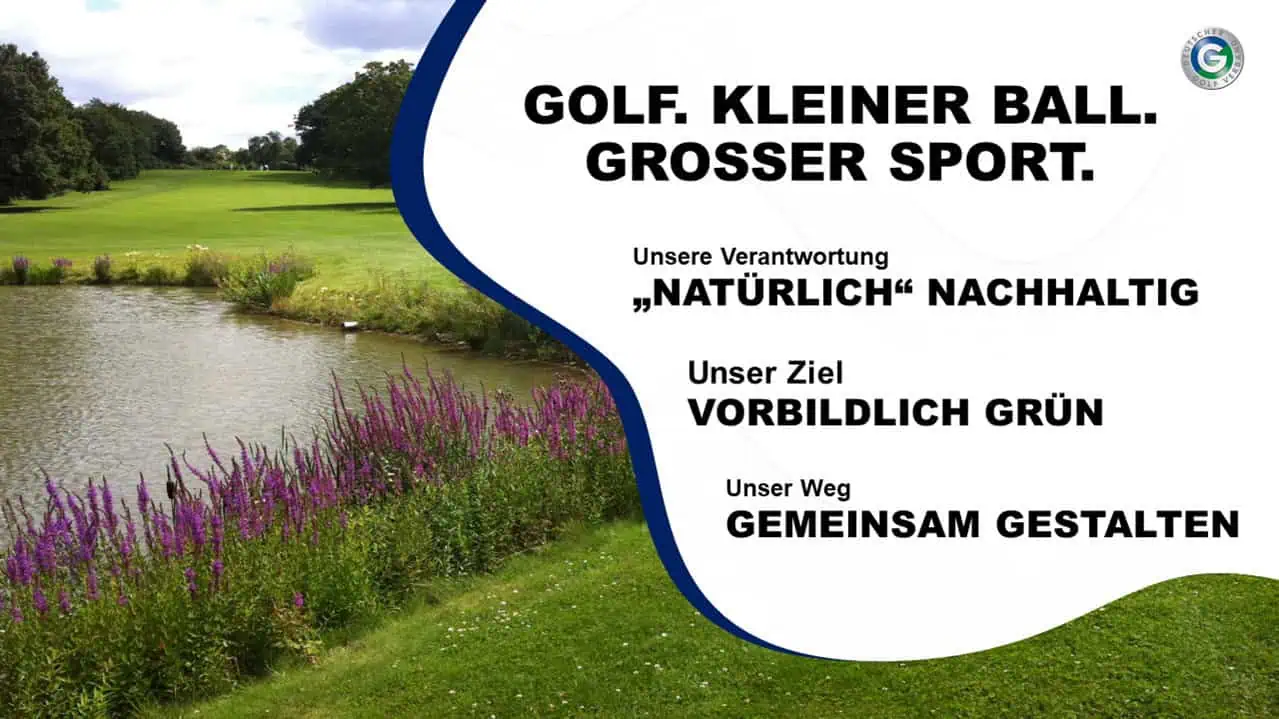How sustainable is German golf?
“Are we already really sustainable?” This was just one of several questions posed by Alexander Klose, Chairman of the German Golf Association, at the presentation of the participation process for the ecological sustainability strategy of Europe’s second-largest golf association. The term “participation process” refers to the attempt to unite a broad majority within the German golf industry behind a sustainability strategy. “First and foremost, this process is about involving as many people as possible,” explained Klose. The questions that the German Golf Association wants to answer also concern the positioning of German golf within society. “Many of our clubs are already doing a lot of good things,” emphasized Klose, but whether this will be enough to market golf positively in the future in view of the increasing challenges posed by the regulation of water or pesticides needs to be discussed.
Subscribe to our newsletter!
News & trends about sustainability in golf
“Are we already on our way or are we just getting started?” he asked the audience at the association’s annual press conference, referring to a certain extent to sustainability initiatives in Europe. Based on the R&A’s Golf Course 2030 initiative in 2030, there has since been an increasing need for national golf associations to develop and publish their own ideas on the topic of sustainability. To date, ten golf associations in Europe have complied with this requirement and are addressing issues relating to sustainable golf operations in a variety of ways. The leading associations in this context are Swiss Golf, the Danish Golf Union and the French Golf Association. The topics covered and the projects developed as a result differ considerably, which is also due to the sometimes completely different national legislation. For example, golf courses in both Denmark and France have to comply with very strict regulations regarding the use of pesticides. The German Golf Association is currently demonstrating a great deal of commitment, particularly in the area of biodiversity, with the Golf and Nature quality management program, the club project Golf Course Habitat and the Golf Biodivers research project, but has not yet formulated its own sustainability strategy. This is now to be done with the involvement of the entire golf industry.







 Image: LET/Tristan Jones
Image: LET/Tristan Jones